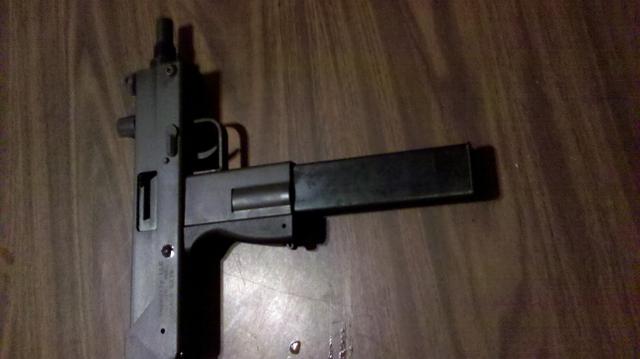
The AR-15/M16 rifle was adopted to replace the 7.62 M14 which was proving ill suited for the type of combat then being encountered in Vietnam. The AR-15 was adopted as the Rifle, Caliber 5.56mm M16. In 1963 Secretary Robert McNamara ordered M14 production to be terminated and approved an order for a substantial number of AR-15 rifles for the U.S. Reports from the field praised the AR-15’s performance. During 1962, a small number of AR-15 rifles were shipped to Vietnam to arm U.S. Air Force to replace their aging M1 carbines, but the request was denied. In 1961, a substantial number of the AR-15 rifles were requested by U.S. Colt salesman began a worldwide campaign to aggressively market the weapon. Armalite, discouraged by the lack of sales, decided to sell the rights to the AR-15 design to Colt’s Patent Firearms during 1959. The AR-15’s space-age appearance, materials, and small caliber made it unappealing to most military establishments, who resisted change. The AR-15 was chambered for a high-velocity. Both the AR-10 and AR-15 were unique for military rifles of the day, using a lot of aluminum and plastic in their construction.

The AR-15 followed an earlier Armalite rifle, the AR-10 chambered for the 7.62x51 cartridge. The AR-15 rifle was originally conceived by the Armalite Division of the Fairchild Aircraft Corporation by Eugene Stoner, Robert Fremont and James Sullivan. The Department of Energy 9mm M16 Submachine Gun


 0 kommentar(er)
0 kommentar(er)
